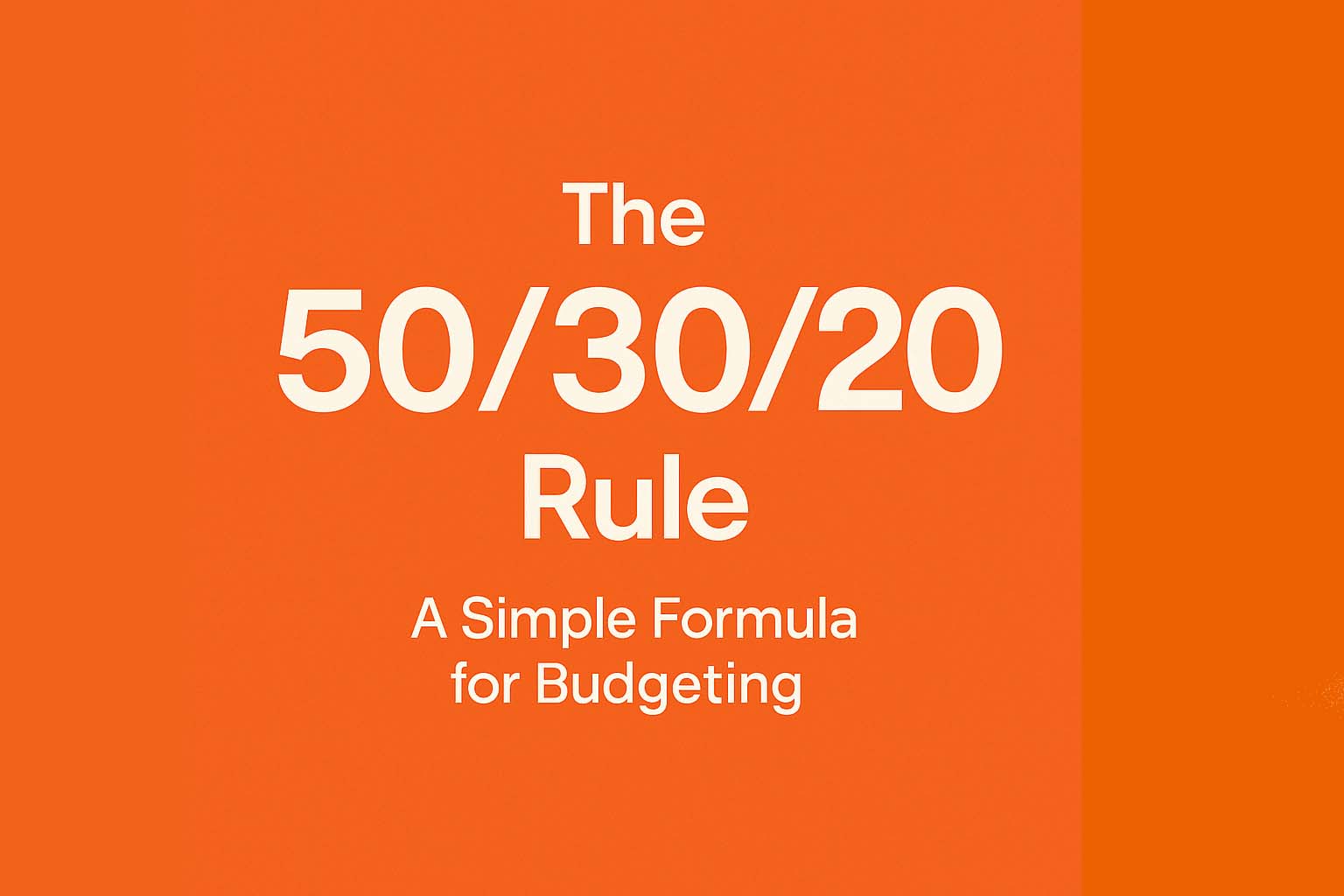Introduction
Managing money doesn’t need to be complicated. The 50/30/20 rule is one of the simplest and most effective budgeting strategies. It helps you divide your income into clear categories so you can cover needs, enjoy wants, and still save for the future.
What Is the 50/30/20 Rule?
The rule divides your after-tax income into three categories:
- 50% Needs: Essentials you can’t live without.
- 30% Wants: Non-essentials that make life enjoyable.
- 20% Savings & Debt Repayment: For future security.
Breaking It Down
1. Needs (50%)
This includes: rent/mortgage, utilities, groceries, insurance, and minimum loan payments. If your needs exceed 50%, look for ways to cut or adjust.
2. Wants (30%)
These are lifestyle choices such as dining out, subscriptions, travel, and entertainment. Wants are important, but they should stay within this limit.
3. Savings & Debt Repayment (20%)
This category covers:
- Building an emergency fund
- Retirement savings (401k, IRA, pension)
- Paying extra toward loans or credit cards
Example in Action
If your monthly take-home pay is $2,000:
- $1,000 → Needs
- $600 → Wants
- $400 → Savings/Debt Repayment
Why It Works
- Simple & Flexible – Easy to apply, no complex spreadsheets needed.
- Balance – Lets you enjoy life while planning for the future.
- Adaptable – Works for students, families, and freelancers alike.
Common Mistakes
- Counting wants as needs (e.g., premium TV packages).
- Ignoring debt repayments until it’s too late.
- Not adjusting percentages when income changes.
Conclusion
The 50/30/20 rule is a beginner-friendly way to take control of your finances. By dividing income into needs, wants, and savings, you’ll build stability while still enjoying life.
👉 Ready to create your own budget? Download our free budget template and start applying the rule today.




